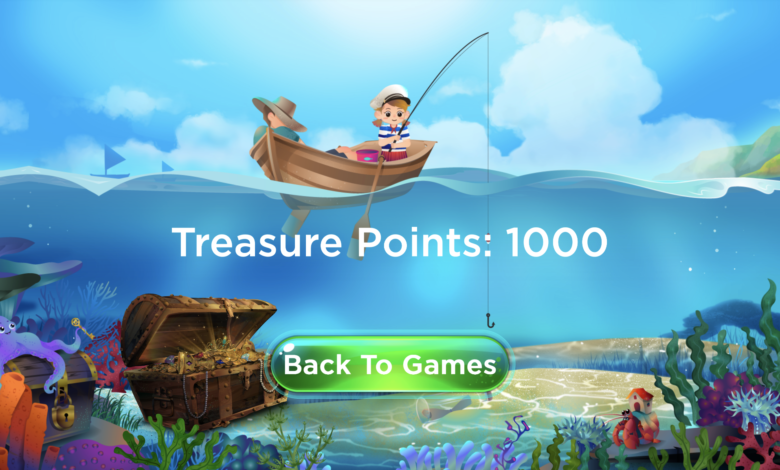
Let’s say your child has dyslexia. It may result in not only poor academic performance but also poor self-esteem and bullying. Coral Hoh, a linguistics scholar, turned her expertise to developing an artificial intelligence program that trains students to overcome learning disorders.
According to Hoh, traditional interventions have been “inconclusive” and are sometimes ineffective.
But the AI behind her Dysolve program—developed over a decade and now open for clinical trials—is successful because it reacts quickly (as quickly as the flow of a regular conversation), stores up the user’s responses, and designs a unique game product just for that particular user.
The speed of speech
Take one of the more basic games—“Catch.”
A child sits with a set of headphones looking at a screen.
The child is asked by the computer to listen for any one of dozens of “phonemes”—sounds that makeup words—such as the sound <f>.
As the child listens, every time a word is spoken, a large bright yellow fish goes by.
Now, if the word does not contain the phoneme that sounds like the letter “f,” then the child is instructed not to catch the fish with a simulated pole.
If, on the other hand, the word spoken by the program does contain that sound—such as “fun”—then the child is supposed to quickly “catch” it—swing the pole down in the screen and hook the fish.
This way, the child must listen hard, focus on ascertaining that specific sound and distinguish it from all others.
“The fishing game is about catching sounds in words, in hard words, and it’s pretty fast because language comes at this really, really fast right pace, the rate of speech is really fast, so then you get to know if a particular student has that kind of a problem,” said Hoh in an interview with The AI Journal. “It’s called phoneme isolation.”
A video presentation on the company’s website shows a young girl (animated) sitting in front of a screen catching a few select golden fish as they pass by.
A crisis
Dyslexia is often unrecognized for how large a toll it takes—or for the speed with which it needs to be addressed, said Hoh.
“It’s a crisis. That’s what we want parents to understand. Because sometimes [the reaction is] ‘You know, it’s a summer holiday’ or ‘You know, we don’t want to have the child still think about school right now,’ and then they just push it another year, but things start to snowball and so we see the older students, how bad it gets,” she said.
One in five people in the United States has dyslexia.
Results
An independent expert in child development who viewed interviews with children who had undergone the program and praised it highly—said it sounded like they had been coached in their responses—as if they had memorized scripts (the expert asked for anonymity because of work with clients).
But Hoh, who assembled a team of software engineers and educators and said she patented the program, said the children had responded “impromptu.”
Indeed, the disparity between the ability to express oneself verbally in a highly articulate manner and the challenges a child with dyslexia faces in reading is a mark of the disorder, said Ho.
Rewards
As the children progress, the tasks become harder, in games that single out and focus on the very areas in which they are struggling.
Asked if a focus on deficiencies might be discouraging, Hoh responded that among the advantages of the program are that it only requires 15 minutes a day and that it offers rewards as part of the game.
The origins
Hoh, who is originally from Malaysia, and has a doctorate in Linguistics, was moved to start the program when she began helping neighbors and then piloted the program in schools.
“I saw how bad it was. For example, a nine-year-old child who couldn’t function at all at school when he got frustrated would just hit his head against the wall, or at home he couldn’t do anything, any homework. His parents were highly educated, but he would just be throwing tantrums because just the effort of processing language was too much and so that’s why I got into it,” she said.
A tool for equity
Hoh said it would be a massive saving to school districts that now require multiple specialists and additional taxes.
Moreover, school districts are not always able to serve all children with dyslexia.
“I was talking with the superintendent of the New York School District, and I asked him how many kids had dyslexia. He gave me a number. Then I asked him how many were getting services. And he gave me a number that was half that,” she said.
Another advantage of deploying the AI training system is to increase equity.
Once a school system purchases it, it can be used by all students regardless of socio-economic background.
This summer the program is completing an independent clinical trial—which started in 2022—at the University of Delaware’s School of Education, said Hoh.
As a result, schools, school districts, and individuals can enroll for free at this time.
To contact the company, go to: https://www.dysolve.com/a-proven-method




